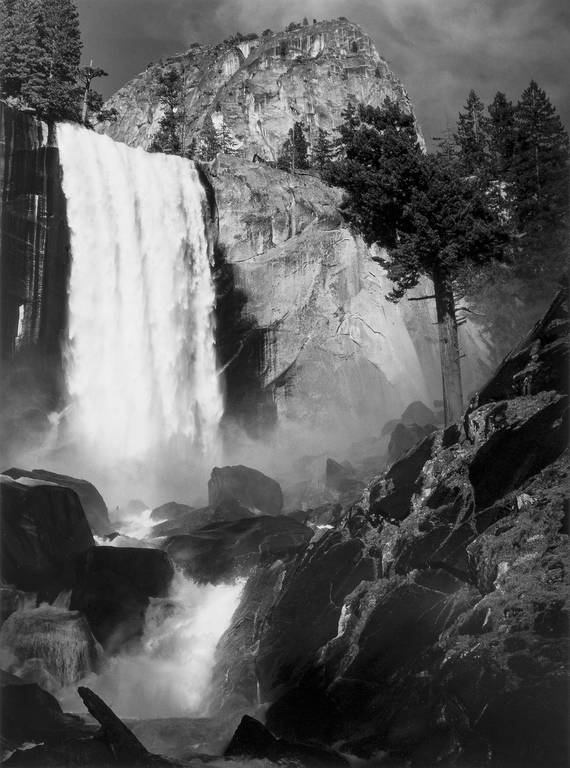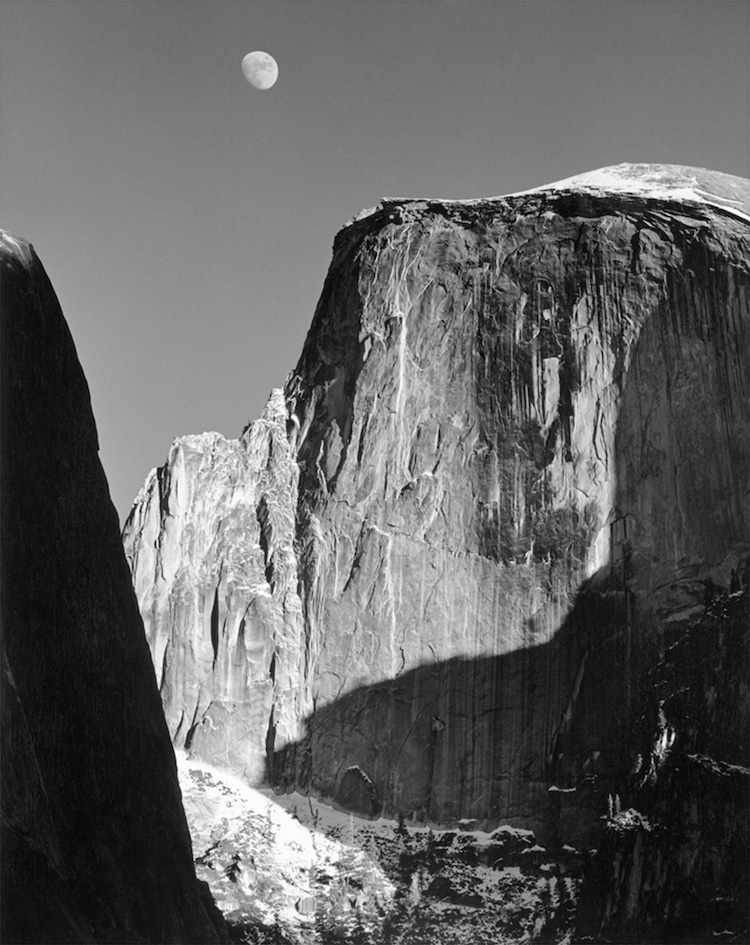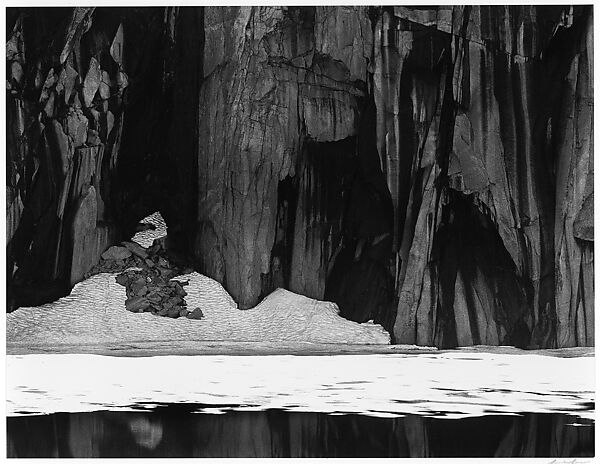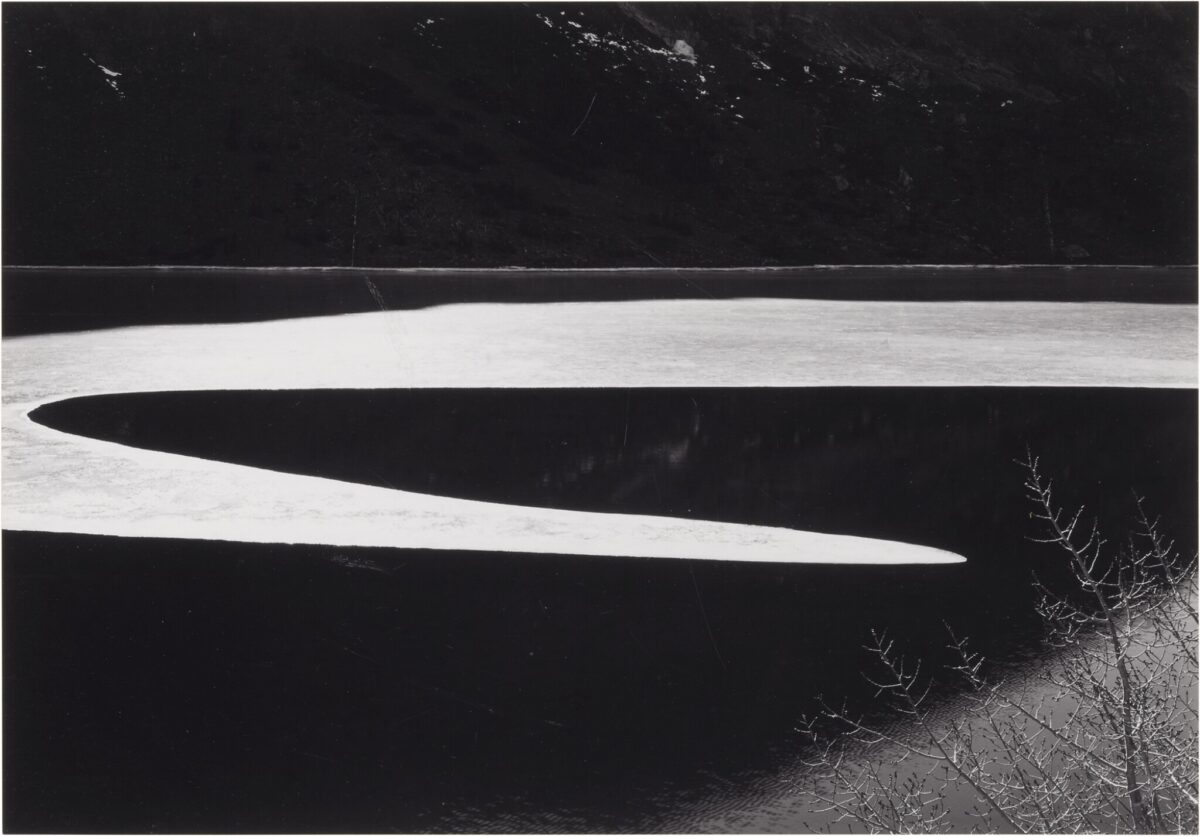Read Time 5 minutes
Get to know: Ansel Adams
It’s time to take a deep-dive into the photographer known for his monumental tonal studies of the American West. Let’s get to know.

Zone System
Ansel Adams pioneered a fiercely technical approach to capturing the perfect shot, developing the Zone System based on sensitometry, a scientific study of light-sensitive materials like photographic paper. Many of his most celebrated photos are acclaimed, not only for the beauty of the final result, but because they were achieved through precise calculation of exposure and brightness before clicking the shutter, leaving very little to chance.


On conservation
Adams’ obsession with the natural world began as a teenager; he believed that a visit to Yosemite National Park cured him of Spanish flu during the epidemic, and worshipped nature for the rest of his life. His conservation work started early – at age 17 he joined the Sierra Club, which focused on protecting wild landscapes. He later became director, and was affiliated with the club until he died. His ashes were scattered in Yosemite and there is an area of wilderness in Sierra Nevada named after him, in honour of his environmentalism and life-long dedication to depicting the majesty of the American landscape.

Art form
Despite his scientific approach, Adams was a crucial figure in establishing photography as a credible art form in the United States. MoMa had been open almost 11 years before its photography department was set up in 1940, with Adams acting as a key advisor. It was the first of all the major art institutions in America to have a dedicated photography department. The collection now stands at over 25,000 works, amongst them several by Adams himself.



Trend setter
Like many photographers starting out in the early decades of the twentieth century, Adams’ work was pictorial in character; effectively mimicking painting by using soft focus and even the use of obvious brush strokes on the surface, the pre-digital image manipulation technique. By 1925 Adams made a dramatic 180 in style, utilising high contrast, sharp focus and extremely precise exposure techniques. His signature aesthetic became defined by pronounced tonal contrast and was known as ‘straight’ or ‘pure’ photography. He was a founding member of the f/64 group, an association of artists whose work followed the codes of straight photography, and was so-named because the tiny f/64 aperture renders even sharpness and great depth of field.

This is planet earth
Although he photographed landscapes which had been formed over million years and––to the layman––didn’t change much in appearance from day to day [unlike, say, cityscapes which are constantly changing], Adams was fanatical about capturing the transient aspects of the scenery … the differences in light over the course of a day, or the way the seasons alter the appearance of organic matter. The scale and detail that he managed to fit into the frame also spoke to the spiritual experience of observing awe-inspiring nature.
END
All photographs courtesy of the Ansel Adams Gallery.
subscribe for the latest artist interviews,
historical heronies, or images that made me.
what are you in the mood for?







